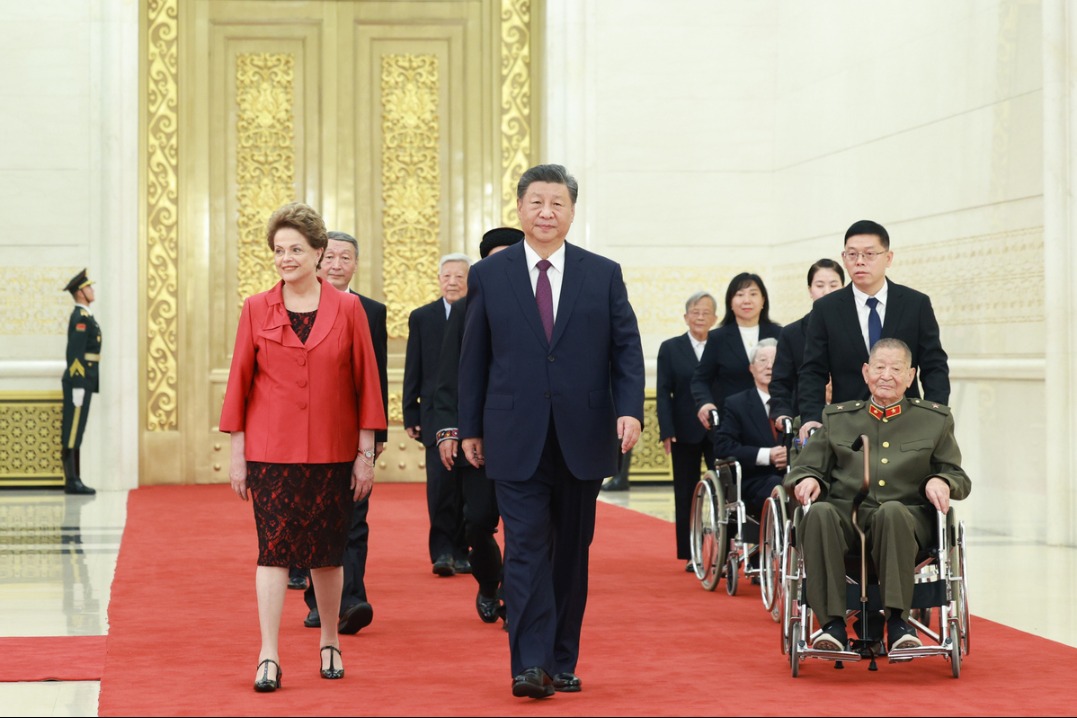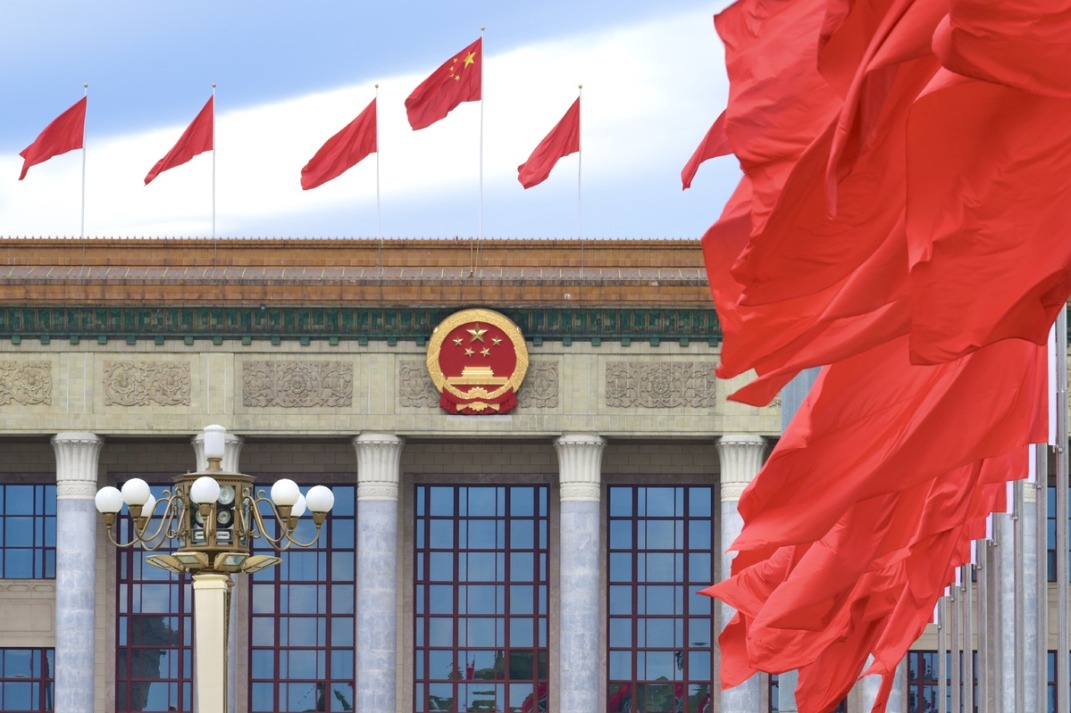Pan-Asian railway boosts regional connectivity
By Maya Majueran | China Daily | Updated: 2022-01-08 10:15

Connecting countries creates new opportunities for development and economic growth through increasing intra-regional trade.
Having inefficient or inadequate systems of transportation, logistics, and trade-related infrastructure, on the other hand, can severely impede a country's ability to compete on a global scale. Therefore, improving roads, ports, railways and airports is critical for a country to improve its internal and external trade and commercial activities.
China's Belt and Road Initiative aims to promote the connectivity in Asia, Europe and Africa and their adjacent seas by establishing connectivity networks among the countries involved. One of the focuses of the Silk Road Economic Belt is to connect China with Southeast Asia and the Indian Ocean.
As a result, Southeast Asian nations remain an important element of the BRI. They have also recognized the opportunities for fulfilling their infrastructure needs by actively engaging in the initiative.
According to the Asian Development Bank, $3 trillion of climate-adjusted investments will be needed from 2016 to 2030 to maintain the current development momentum in Southeast Asia, especially the infrastructure investment which is crucial to economic growth and development.
The largest investments under BRI in Southeast Asia are in the transport and logistics sectors, particularly railways. The Port Klang-Kota Bharu Railway is estimated at $12.08 billion, the Preah Vihear-Koh Kong railway line in Cambodia at $9.6 billion, and the Vientiane-Boten railway project at $5.8 billion. These railway projects are part of the larger Kunming-Singapore railway, also known as the Pan-Asian Railway Network.
The Pan-Asian Railway Network is one of BRI's flagship transportation development projects in Southeast Asia.
There are three routes on the network: the central route starts from Kunming in southwestern China, goes through Laos, and ends in Bangkok; the western route extends through Myanmar and Thailand, and the eastern route crosses Vietnam, Cambodia and Thailand. All three routes connect in Bangkok, with transport links to Malaysia and Singapore. When completed, the network will connect eight Southeast Asian nations and draw them closer to the world's second-largest economy, China.
Thailand's ambitious plan is to make the rail system its main mode of transport, linking the country with regional neighbors.
As is evident, Thailand is one of the most important BRI countries as it is located in the heart of Southeast Asia; is surrounded by Laos, Myanmar, Cambodia and Malaysia; and is adjacent to the Andaman Sea and the Gulf of Thailand, which makes it an interconnecting link between China and other Southeast Asian nations.
The China-Laos railway project, which connects Kunming in Yunnan province with Laos' capital of Vientiane, started operations on Dec 3, 2021. The 1,024-kilometer railway carries passengers at speeds of up to 160 km per hour. The China-Laos railway is special not only because it runs through two nations, but also because it is connected to China's railway network, thus making it China's first international railway network in Southeast Asia. The China-Laos train service will help convert land-locked Laos to a land-linked hub, and could boost the growth of many industries such as tourism, freight, and agriculture in Laos.
The 873-km China-Thailand railway is another section of the trans-Asian network that will link the China-Thailand railway line with the China-Laos Railway. In March, Thai transport authorities and Chinese construction corporations signed a construction agreement for the first phase of the China-Thailand high-speed rail project.
The high-speed trains in Thailand will be able to run at a maximum speed of 250 km per hour. This project will lay the foundation for Thailand to become the hub for regional connectivity as well as an important economic center for Southeast Asian nations.
Eventually, the Thai authorities envision an upgraded line moving goods between China and Laem Chabang Port located 130 km south of Bangkok. Since its commencement in 1991, Laem Chabang has been Thailand's main deep seaport.
China considers Laem Chabang Port vital to the BRI as it plays an important role as a gateway to landlocked Laos and neighboring countries such as Myanmar and Cambodia to boost development and trade.
Besides, Laem Chabang Port can allow access from southwestern China to the Malay Peninsula, and help realize its economic potential in the region. Thailand is also keen on upgrading the railway line that will move goods between China and Laem Chabang Port.
Evidently, the Kunming-Laem Chabang railway will benefit regional connectivity and facilitate trade and people-to-people exchange. And China and other countries in the region are willing to join hands to create a favorable trade and investment environment from which all can benefit.
The author is director of BRISL, a Sri Lankan think tank focusing on China's Belt and Road Initiative. The views don't necessarily reflect those of China Daily.
























